In today’s fast-paced world, the kitchen can often feel like a battleground—short on time but high on the demand for nutritious, home-cooked meals. Enter batch cooking: a method that transforms chaos into calm, turning hours of meal prep into a single, streamlined session. Whether you’re a busy professional, a parent juggling multiple schedules, or simply someone who loves the idea of ready-to-eat meals at your fingertips, mastering the art of batch cooking can change the way you approach food. This guide will take you through the essentials of how to batch cook like a pro, helping you save time, reduce waste, and bring more ease to your daily dining.
Table of Contents
- Mastering Meal Prep Fundamentals for Efficient Batch Cooking
- Choosing Ingredients that Shine When Cooked in Bulk
- Tools and Equipment to Elevate Your Batch Cooking Game
- Techniques to Preserve Flavor and Texture in Large-Scale Meals
- Smart Storage Solutions to Keep Meals Fresh and Ready
- Time-Saving Tips for Streamlined Batch Cooking Sessions
- Q&A
- Closing Remarks
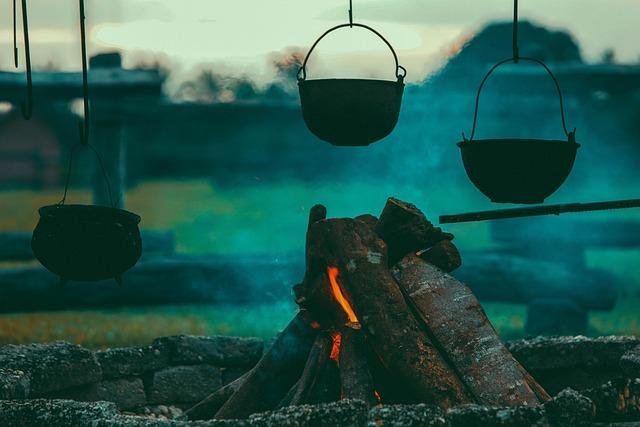
Mastering Meal Prep Fundamentals for Efficient Batch Cooking
Efficiency in batch cooking begins with smart planning and organized preparation. One essential aspect is to choose recipes that share key ingredients, which not only saves time during grocery shopping but also minimizes kitchen mess. Keep a list of versatile staples like rice, beans, and seasonal vegetables that can be easily mixed and matched across meals. Designating specific containers for different meal types—such as breakfast, lunch, or dinner—can streamline your storage system and help keep your fridge tidy and accessible throughout the week.
Another fundamental step is mastering the art of multitasking while cooking. Using kitchen tools like slow cookers or instant pots to handle one component of your meal while prepping others can drastically cut down total cooking time. To stay on track, create a simple workflow that balances cooking times and stove or oven space. Here’s a quick guide on prioritizing tasks during a batch cook session:
| Task | Optimal Timing | Tip |
|---|---|---|
| Prepare grains or pasta | Start first | Cook in bulk and cool before storing |
| Chop veggies & herbs | While grains cook | Use food processor for speed |
| Cook proteins | After chopping | Batch cook versatile proteins like chicken or tofu |
| Assemble & portion meals | Last step | Use airtight containers labeled with dates |
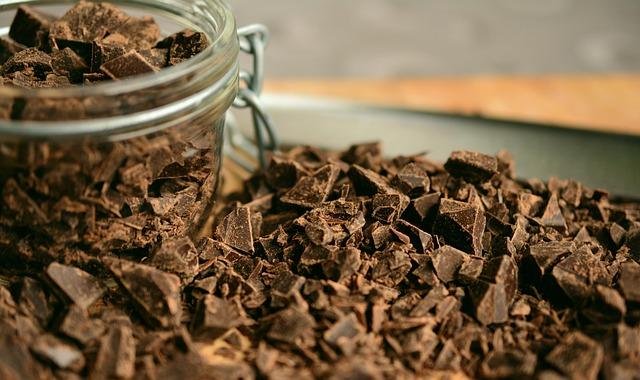
Choosing Ingredients that Shine When Cooked in Bulk
When preparing meals in large quantities, it’s essential to select ingredients that maintain their texture and flavor throughout the cooking process. Sturdy vegetables like carrots, potatoes, and bell peppers tend to withstand extended cooking without turning mushy, while proteins such as chicken thighs, beef chuck, and firm tofu stay juicy and tender instead of drying out. Opting for ingredients with bold natural flavors not only ensures the dish remains delicious but also helps the meal hold up well during reheating, preserving that freshly made taste.
Consider the cooking method and storage when picking your components. Ingredients that are versatile and reheat evenly—such as grains, beans, and hearty greens—are excellent choices. Items like delicate herbs, soft cheeses, and leafy vegetables, however, are better added fresh or at the end of cooking to maintain brightness and texture. Below is a quick guide to help identify which ingredients pair beautifully with batch cooking:
| Ingredient Type | Best Choices for Bulk Cooking | Notes |
|---|---|---|
| Vegetables | Carrots, sweet potatoes, broccoli, bell peppers | Hold texture; retain flavor |
| Proteins | Chicken thighs, beef chuck, lentils, firm tofu | Stay tender, absorb flavors |
| Grains & Legumes | Brown rice, quinoa, black beans | Cook evenly, reheat well |
| Herbs & Greens | Rosemary, thyme, kale (added fresh or late) | Preserve freshness and vibrancy |
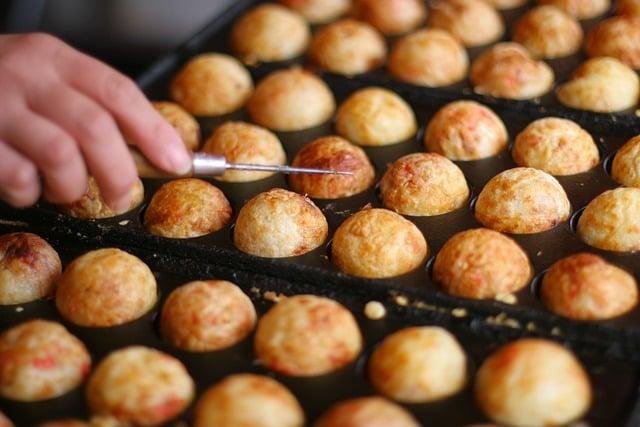
Tools and Equipment to Elevate Your Batch Cooking Game
Mastering batch cooking begins with assembling the right arsenal that transforms a chaotic kitchen into a synchronized meal-prep haven. Investing in durable, multi-functional tools not only streamlines your workflow but also saves precious time and energy on cooking days. Essential items like a high-quality slow cooker, a large set of nesting bowls, sharp knives, and a robust cutting board become your best allies, ensuring you slice, dice, and simmer with precision and efficiency. Don’t overlook the value of an instant-read thermometer for perfect doneness and airtight containers that keep your meals fresh for days.
To further uplift your meal prep, consider the benefits of tools tailored for specific tasks. Below is a simple breakdown that highlights handy equipment to elevate your batch cooking process:
| Tool | Primary Use | Why It’s a Game Changer |
|---|---|---|
| Slow Cooker | Hands-off cooking | Allows for unattended cooking and enhances flavor through slow simmering |
| Food Processor | Chopping & pureeing | Speeds up prep time for veggies, nuts, and even doughs |
| Glass Storage Containers | Meal storage | Microwave safe and durable, perfect for reheating without additional dishes |
| Digital Kitchen Scale | Portion accuracy | Helps maintain consistent portions, essential for meal plans and nutritional tracking |
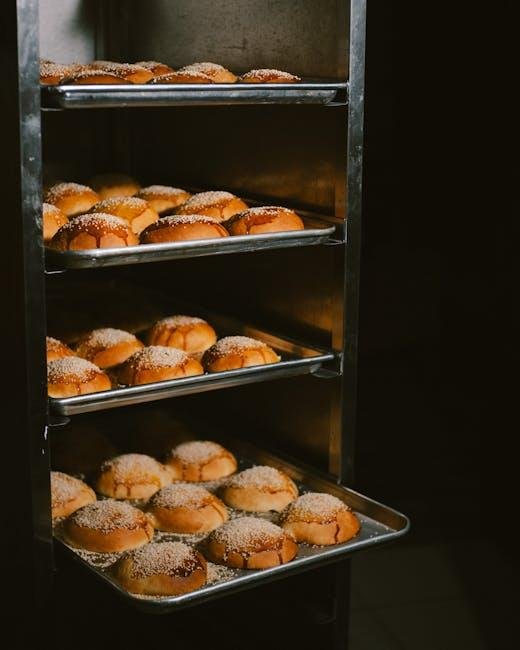
Techniques to Preserve Flavor and Texture in Large-Scale Meals
Mastering large-scale meal preparation requires more than just cooking in bulk—it’s about retaining the true essence of each dish. Start by packing meals in appropriate containers that promote even cooling and reheating. Choose airtight, portion-sized containers to minimize air exposure, which helps retain moisture and texture. Additionally, incorporate layering techniques when possible; delicate ingredients like herbs and sauces should be added after reheating to preserve their vibrancy and flavor. Using a slow, gentle reheating method rather than high heat ensures that proteins and vegetables don’t become rubbery or watery.
Balancing moisture retention is key, so integrate these best practices to keep your meals tasting freshly made:
- Under-cook vegetables slightly: They will finish cooking during reheating, maintaining their firmness.
- Use broths or sauces strategically: Add them just before sealing the dishes to lock in flavor and prevent drying out.
- Separate components when possible: Keep crispy elements like breading or toppings separate until serving to avoid sogginess.
| Technique | Purpose | Example |
|---|---|---|
| Vacuum sealing | Preserves freshness and locks moisture | Sealing marinated chicken |
| Chilling rapidly | Prevents bacterial growth and softening | Ice baths post-cooking |
| Separate reheating | Maintains crispiness and texture | Heating toppings separately |
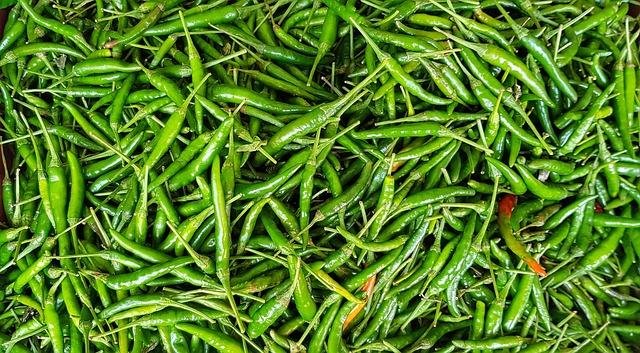
Smart Storage Solutions to Keep Meals Fresh and Ready
Investing in versatile containers is a game changer when it comes to preserving the flavor and nutrition of your prepared meals. Choose airtight, BPA-free containers in a variety of sizes to accommodate everything from hearty stews to fresh salads. Glass containers with snap-lock lids not only keep food fresher for longer but also make reheating easy and microwave-safe. Consider organizing your fridge and freezer with clear, stackable bins that save space and instantly display contents, reducing food waste by helping you keep track of what’s ready to eat.
Smart storage goes beyond just containers; proactive planning and labeling add a professional touch. Use freezer-safe labels or a dry-erase marker to note the cooking date and meal type, so no dish gets overlooked or forgotten. Here’s a simple guide to temperature and storage durations that every batch cooker should keep handy:
| Storage Method | Optimal Temperature | Storage Time |
|---|---|---|
| Refrigerator | 35-40°F (2-4°C) | 3-4 days |
| Freezer | 0°F (-18°C) | 1-3 months |
| Vacuum Sealed | 0°F (-18°C) | 6-12 months |
- Portion Control: Store meals in single-serving sizes to make reheating efficient.
- Vacuum Sealing: Extends freshness by removing air that promotes spoilage.
- Stack Smartly: Place heavier containers at the bottom to prevent crushing delicate dishes.
- Cool Before Storing: Allow hot meals to cool slightly to avoid condensation buildup inside containers.

Time-Saving Tips for Streamlined Batch Cooking Sessions
Maximize efficiency by organizing your kitchen workspace before you begin. Lay out all your ingredients in clear containers and group tools by task—chopping, sautéing, mixing—so you’re not scrambling mid-session. Embrace multitasking by roasting veggies while simmering sauces, and remember to always leverage your appliances: slow cookers, instant pots, and food processors can be your best allies when juggling several recipes. Preparation is key, so spend a few minutes reading through all recipes beforehand and listing what’s going to be cooked simultaneously.
- Chop and store ingredients in airtight containers to save prep time on cooking day.
- Double up recipes when possible to create versatile staples like rice, beans, or grilled chicken.
- Clean as you go to maintain a clutter-free workspace, making transitions smooth.
Using a simple time management approach can revolutionize your batch cooking flow. For example, consider grouping recipes by cooking time to make the best use of your oven or stovetop. Below is a quick guide to pairing dishes efficiently:
| Cooking Time | Ideal Dish Pairings |
|---|---|
| 15-20 minutes | Sautéed veggies + quick grain salad |
| 30-45 minutes | Sheet pan chicken + roasted potatoes |
| 1+ hour | Slow cooker chili + baked lasagna |
Q&A
Q&A:
Q1: What exactly is batch cooking?
A: Batch cooking is the art of preparing multiple meals or large quantities of food in one go, then storing them for later use. It’s like creating a mini food factory in your kitchen, designed to save you time, reduce stress, and keep your meals consistent and delicious throughout the week.
Q2: Why should I consider batch cooking?
A: Imagine never having to decide what’s for dinner after a long day—batch cooking gives you that freedom. It helps manage your time efficiently, lowers food waste, saves money by buying in bulk, and promotes healthier eating by having ready-made nutritious meals on hand.
Q3: How do I start batch cooking if I’m a beginner?
A: Begin with simple recipes you love that store well, like soups, stews, casseroles, or grain bowls. Plan your meals, shop with a list, and dedicate a few hours in your kitchen to cook multiple dishes at once. Gradually, you’ll build confidence and develop a rhythm that suits your schedule.
Q4: What equipment do I need to batch cook like a pro?
A: Essential gear includes quality storage containers (airtight and freezer-safe), slow cookers or Instant Pots, large pots and pans, baking sheets, and sharp knives. Having the right tools means smoother prep and better preservation of your meals.
Q5: How do I store batch-cooked meals properly?
A: Cool cooked meals completely before portioning them into containers. Label each with the date and contents, then refrigerate if you plan to eat them within 3-4 days or freeze for up to 3 months. Proper storage maintains flavor, texture, and food safety.
Q6: Can batch cooking accommodate special diets or picky eaters?
A: Absolutely. You can customize your batches to suit vegan, gluten-free, keto, or any other dietary preferences. Prepare base components like grains, proteins, and veggies separately, then mix and match for varied meals that meet everyone’s needs.
Q7: How do I keep batch-cooked meals interesting?
A: Variety is key—rotate proteins, experiment with herbs and spices, use different cooking methods, and incorporate seasonal produce. You can also change sauces or sides to reinvent leftovers, keeping your palate curious and satisfied.
Q8: What common mistakes should I avoid when batch cooking?
A: Avoid overloading yourself on the first try, neglecting proper storage, or cooking too many complicated dishes. Also, be mindful of ingredient perishability; some foods don’t freeze well. Start small, plan well, and learn from each session.
Q9: How much time does batch cooking typically take?
A: Depending on your menu and experience, a batch cooking session can take 1-3 hours. As you get more skilled, you’ll streamline processes and reduce prep time, making it a highly efficient strategy in the long run.
Q10: Can batch cooking save money?
A: Yes! By buying ingredients in bulk and reducing reliance on takeout or last-minute grocery runs, batch cooking stretches your food budget. Minimizing waste and making the most of sales and seasonal ingredients further boosts savings.
Batch cooking, when mastered, transforms mealtime from a daily chore into a streamlined pleasure—giving you more freedom to enjoy life beyond the kitchen.
Closing Remarks
Mastering the art of batch cooking transforms your kitchen into a realm of efficiency and flavor, turning busy days into moments of delicious ease. By planning ahead, choosing versatile recipes, and embracing smart storage techniques, you not only save time but also invite creativity and nourishment into your everyday routine. So, don your apron with confidence, gather your ingredients, and let batch cooking become your secret ingredient for a well-fed, stress-free life.



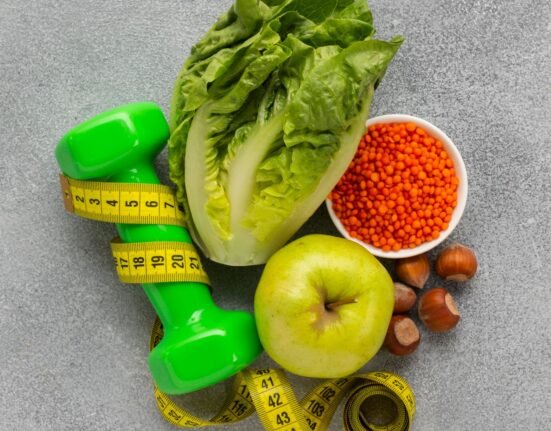





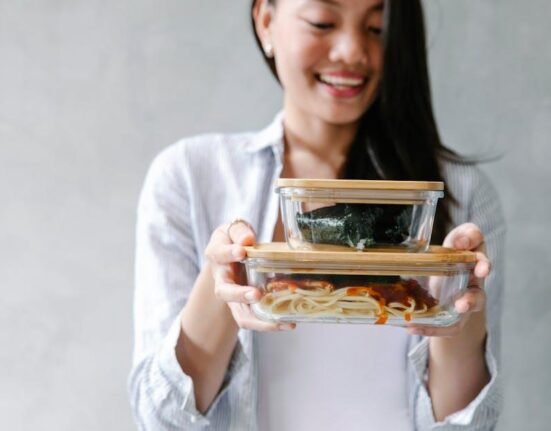


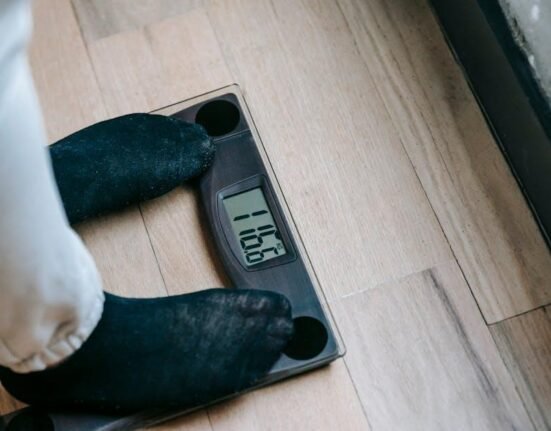
Leave feedback about this